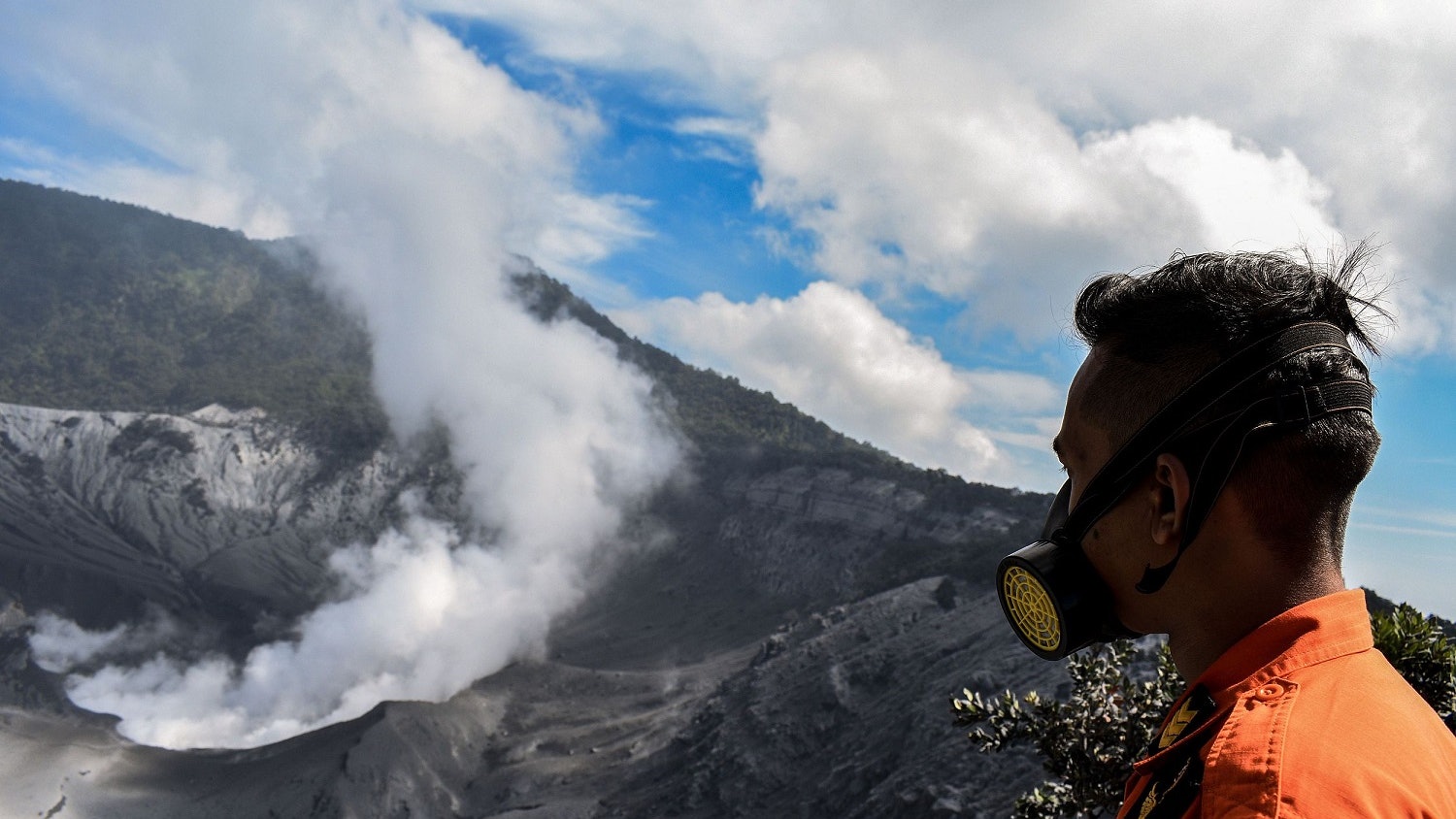Helmets, goggles, gas masks, gowns and trousers … These protective devices that are familiar to Hong Kong people these days are actually essential supplies for self-protection during volcanic eruptions. New Zealand’s White Island volcano erupted on December 9 causing casualties. Since volcanic eruptions can be very sudden, learning to protect yourself is especially important if you are on the scene.
How can volcanic eruptions protect themselves?
If someone lives near the volcano, or intends to visit the volcano, it is important to pay attention to the local monitoring agency and plan the evacuation route and escape location early. Be alert to unverified messages during a disaster, but what if you are unfortunately unable to evacuate immediately in your area?
1. If indoors, all doors and windows, ventilation openings, and heating or air-conditioning systems must be closed, and pets and livestock should be brought into closed shelters. Fill the container with clean water at the same time.
2. If you are outdoors, you must first prepare food, water, first aid supplies, batteries and radio equipment. If possible, basic tools such as maps, sleeping bags and fire extinguishers can also be stored in the vehicle.
3. Even if it is a day trip to the volcano, make sure you wear proper footwear and long trousers. If near the volcanic eruption, wear goggles or ski glasses, industrial or motorcycle helmets, N-95 masks or gas masks.
4. If you do not have the above protective tools, cover your nose and nose with a damp cloth at least, remove your clothes when you are in a safe place, and wash your eyes and skin with clean water.
5. Pay attention to the surrounding environment. If you are in a low-lying or river valley, be careful of mudslides and find an uphill road as soon as possible. If debris flow or lava is approaching, leave the area as quickly as possible. Roll as necessary to protect your head.
6. If you have to drive, remember to close the windows and air-conditioning, and pay attention to road safety. Canyon routes can turn into mudslides or lava paths and should be avoided when driving.












